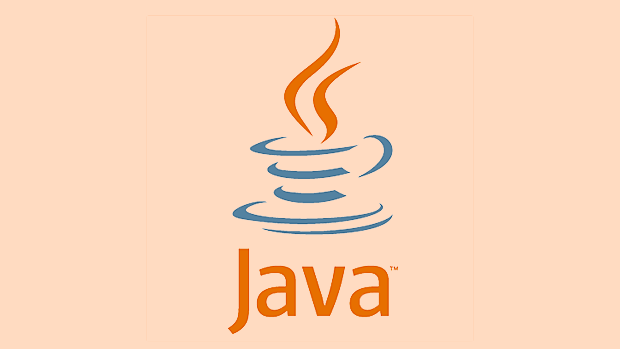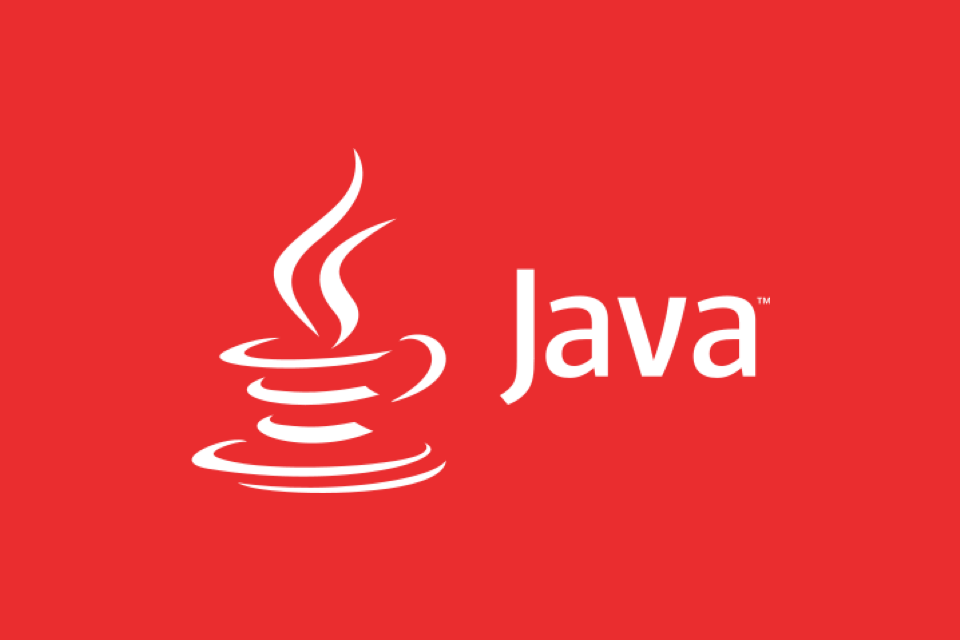Resilience4j is the core library used to build elastic Java applications. 1. Its modules include Circuit Breaker, Rate Limited, Retry, Bulkhead, Time Limited and Cache, which can be used on demand; 2. Circuit Breaker prevents cascade failures by configuring failureRateThreshold and other parameters, and uses decorateSupplier to wrap service calls; 3. Retry can be combined with RateLimiter, limit the current and then retry to avoid downstream service overload; 4. In Spring Boot, configuration can be simplified by annotations such as @CircuitBreaker and @Retry, and rules can be defined in application.yml; 5. Support Micrometer Integrate monitoring to export metrics to Prometheus or Grafana for observability.

When building Java applications that rely on external services—like APIs, databases, or message queues—failures are inevitable. Network hiccups, timeouts, and service outages happen. Resilience4j is a lightweight, functional programming-oriented library designed to make your Java systems more resilient by handling these failures gracefully. It's especially popular in microservices architectures where service-to-service communication is common.

Unlike older solutions like Hystrix (now in maintenance mode), Resilience4j is modular, built with Java 8 functional interfaces, and integrates well with modern frameworks like Spring Boot. Let's dive into how you can use Resilience4j to build more robust Java systems.
1. Understanding Core Resilience4j Modules
Resilience4j is split into several modules, each focusing on a specific resilience pattern. You can use them independently or together:

- Circuit Breaker : Prevents calling a failing service repeatedly by opening the circuit after a threshold of failures.
- Rate Limited : Limits the number of calls to a service in a given time period.
- Retry : Automatically retries failed operations with configurable delays and conditions.
- Bulkhead : Limits the number of concurrent calls to a service to prevent resource exhaustion.
- Time Limited : Defines a timeout for operations, especially useful with async calls.
- Cache : Caches responses to avoid repeated calls to slow or expensive operations.
This modularity lets you pick only what you need, reducing overhead.
2. Implementing the Circuit Breaker Pattern
The Circuit Breaker is one of the most used patterns. Here's how to set it up:

First, add the dependency (Maven):
<dependency>
<groupId>io.github.resilience4j</groupId>
<artifactId>resilience4j-circuitbreaker</artifactId>
<version>2.1.0</version>
</dependency>Then configure and use it:
CircuitBreakerRegistry registry = CircuitBreakerRegistry.ofDefaults();
CircuitBreaker circuitBreaker = registry.circuitBreaker("backendService");
CircuitBreaker.State state = circuitBreaker.getState(); // CLOSED, OPEN, HALF_OPEN
Supplier<String> decoratedSupplier = CircuitBreaker
.decorateSupplier(circuitBreaker, () -> callExternalService());
String result = Try.ofSupplier(decoratedSupplier)
.recover(throwable -> "Fallback value")
.get(); You can configure the circuit breaker via code or YAML (especially in Spring Boot), setting thresholds like failureRateThreshold , waitDurationInOpenState , and permittedNumberOfCallsInHalfOpenState .
3. Combining Retry and Rate Limiting
Often, transient failures (eg, network glitches) can be resolved with a retry. Combine retry with rate limiting to avoid overwhelming the downstream service.
Example with Retry:
RetryConfig config = RetryConfig.custom()
.maxAttempts(3)
.waitDuration(Duration.ofMillis(100))
.build();
Retry retry = Retry.of("backendService", config);
Supplier<String> serviceCall = () -> callExternalService();
Supplier<String> retryableCall = Retry.decorateSupplier(retry, serviceCall);And with RateLimiter:
RateLimiterConfig rConfig = RateLimiterConfig.custom()
.limitForPeriod(10)
.limitRefreshPeriod(Duration.ofSeconds(1))
.timeoutDuration(Duration.ofMillis(50))
.build();
RateLimiter rateLimiter = RateLimiter.of("backendService", rConfig);
Supplier<String> restrictedCall = RateLimiter
.decorateSupplier(rateLimiter, retryableCall);Now, each call goes through rate limiting, then retry logic if needed.
4. Integrating with Spring Boot (Optional but Common)
If you're using Spring Boot, the integration becomes even smoother with annotations:
Add the starter:
<dependency>
<groupId>io.github.resilience4j</groupId>
<artifactId>resilience4j-spring-boot2</artifactId>
<version>2.1.0</version>
</dependency> Then configure in application.yml :
resilience4j.circuitbreaker:
instances:
backendService:
failureRateThreshold: 50
waitDurationInOpenState: 5000
slidingWindowSize: 10
resilience4j.retry:
instances:
backendService:
maxAttempts: 3Use it with annotations:
@CircuitBreaker(name = "backendService", fallbackMethod = "fallback")
@Retry(name = "backendService")
public String fetchData() {
return externalApiClient.getData();
}
public String fallback(Exception e) {
return "Default response";
}Spring handles the decoration automatically.
5. Monitoring and Observability
Resilience4j works well with Micrometer, allowing you to export metrics (like failure rates, call durations, circuit state) to monitoring systems like Prometheus or Grafana.
Enable it with:
MeterRegistry meterRegistry = new SimpleMeterRegistry(); TaggedCircuitBreakerMetrics.ofCircuitBreakerRegistry(registry).bindTo(meterRegistry);
Now you can track health and performance in real time.
Using Resilience4j doesn't eliminate failures, but it helps your system handle them without cascading into full outages. By combining circuit breaking, retry, rate limiting, and observability, you build systems that are not just functional, but truly resilient.
Basically, if your Java service talks to another service, Resilience4j is worth integrating. It's not magic—but it's close.
The above is the detailed content of Building Resilient Java Systems with Resilience4j. For more information, please follow other related articles on the PHP Chinese website!

Hot AI Tools

Undress AI Tool
Undress images for free

Undresser.AI Undress
AI-powered app for creating realistic nude photos

AI Clothes Remover
Online AI tool for removing clothes from photos.

Clothoff.io
AI clothes remover

Video Face Swap
Swap faces in any video effortlessly with our completely free AI face swap tool!

Hot Article

Hot Tools

Notepad++7.3.1
Easy-to-use and free code editor

SublimeText3 Chinese version
Chinese version, very easy to use

Zend Studio 13.0.1
Powerful PHP integrated development environment

Dreamweaver CS6
Visual web development tools

SublimeText3 Mac version
God-level code editing software (SublimeText3)

Hot Topics
 What is the `enum` type in Java?
Jul 02, 2025 am 01:31 AM
What is the `enum` type in Java?
Jul 02, 2025 am 01:31 AM
Enums in Java are special classes that represent fixed number of constant values. 1. Use the enum keyword definition; 2. Each enum value is a public static final instance of the enum type; 3. It can include fields, constructors and methods to add behavior to each constant; 4. It can be used in switch statements, supports direct comparison, and provides built-in methods such as name(), ordinal(), values() and valueOf(); 5. Enumeration can improve the type safety, readability and flexibility of the code, and is suitable for limited collection scenarios such as status codes, colors or week.
 What is the interface segregation principle?
Jul 02, 2025 am 01:24 AM
What is the interface segregation principle?
Jul 02, 2025 am 01:24 AM
Interface Isolation Principle (ISP) requires that clients not rely on unused interfaces. The core is to replace large and complete interfaces with multiple small and refined interfaces. Violations of this principle include: an unimplemented exception was thrown when the class implements an interface, a large number of invalid methods are implemented, and irrelevant functions are forcibly classified into the same interface. Application methods include: dividing interfaces according to common methods, using split interfaces according to clients, and using combinations instead of multi-interface implementations if necessary. For example, split the Machine interfaces containing printing, scanning, and fax methods into Printer, Scanner, and FaxMachine. Rules can be relaxed appropriately when using all methods on small projects or all clients.
 Asynchronous Programming Techniques in Modern Java
Jul 07, 2025 am 02:24 AM
Asynchronous Programming Techniques in Modern Java
Jul 07, 2025 am 02:24 AM
Java supports asynchronous programming including the use of CompletableFuture, responsive streams (such as ProjectReactor), and virtual threads in Java19. 1.CompletableFuture improves code readability and maintenance through chain calls, and supports task orchestration and exception handling; 2. ProjectReactor provides Mono and Flux types to implement responsive programming, with backpressure mechanism and rich operators; 3. Virtual threads reduce concurrency costs, are suitable for I/O-intensive tasks, and are lighter and easier to expand than traditional platform threads. Each method has applicable scenarios, and appropriate tools should be selected according to your needs and mixed models should be avoided to maintain simplicity
 Differences Between Callable and Runnable in Java
Jul 04, 2025 am 02:50 AM
Differences Between Callable and Runnable in Java
Jul 04, 2025 am 02:50 AM
There are three main differences between Callable and Runnable in Java. First, the callable method can return the result, suitable for tasks that need to return values, such as Callable; while the run() method of Runnable has no return value, suitable for tasks that do not need to return, such as logging. Second, Callable allows to throw checked exceptions to facilitate error transmission; while Runnable must handle exceptions internally. Third, Runnable can be directly passed to Thread or ExecutorService, while Callable can only be submitted to ExecutorService and returns the Future object to
 Best Practices for Using Enums in Java
Jul 07, 2025 am 02:35 AM
Best Practices for Using Enums in Java
Jul 07, 2025 am 02:35 AM
In Java, enums are suitable for representing fixed constant sets. Best practices include: 1. Use enum to represent fixed state or options to improve type safety and readability; 2. Add properties and methods to enums to enhance flexibility, such as defining fields, constructors, helper methods, etc.; 3. Use EnumMap and EnumSet to improve performance and type safety because they are more efficient based on arrays; 4. Avoid abuse of enums, such as dynamic values, frequent changes or complex logic scenarios, which should be replaced by other methods. Correct use of enum can improve code quality and reduce errors, but you need to pay attention to its applicable boundaries.
 Understanding Java NIO and Its Advantages
Jul 08, 2025 am 02:55 AM
Understanding Java NIO and Its Advantages
Jul 08, 2025 am 02:55 AM
JavaNIO is a new IOAPI introduced by Java 1.4. 1) is aimed at buffers and channels, 2) contains Buffer, Channel and Selector core components, 3) supports non-blocking mode, and 4) handles concurrent connections more efficiently than traditional IO. Its advantages are reflected in: 1) Non-blocking IO reduces thread overhead, 2) Buffer improves data transmission efficiency, 3) Selector realizes multiplexing, and 4) Memory mapping speeds up file reading and writing. Note when using: 1) The flip/clear operation of the Buffer is easy to be confused, 2) Incomplete data needs to be processed manually without blocking, 3) Selector registration must be canceled in time, 4) NIO is not suitable for all scenarios.
 Exploring Different Synchronization Mechanisms in Java
Jul 04, 2025 am 02:53 AM
Exploring Different Synchronization Mechanisms in Java
Jul 04, 2025 am 02:53 AM
Javaprovidesmultiplesynchronizationtoolsforthreadsafety.1.synchronizedblocksensuremutualexclusionbylockingmethodsorspecificcodesections.2.ReentrantLockoffersadvancedcontrol,includingtryLockandfairnesspolicies.3.Conditionvariablesallowthreadstowaitfor
 How Java ClassLoaders Work Internally
Jul 06, 2025 am 02:53 AM
How Java ClassLoaders Work Internally
Jul 06, 2025 am 02:53 AM
Java's class loading mechanism is implemented through ClassLoader, and its core workflow is divided into three stages: loading, linking and initialization. During the loading phase, ClassLoader dynamically reads the bytecode of the class and creates Class objects; links include verifying the correctness of the class, allocating memory to static variables, and parsing symbol references; initialization performs static code blocks and static variable assignments. Class loading adopts the parent delegation model, and prioritizes the parent class loader to find classes, and try Bootstrap, Extension, and ApplicationClassLoader in turn to ensure that the core class library is safe and avoids duplicate loading. Developers can customize ClassLoader, such as URLClassL






